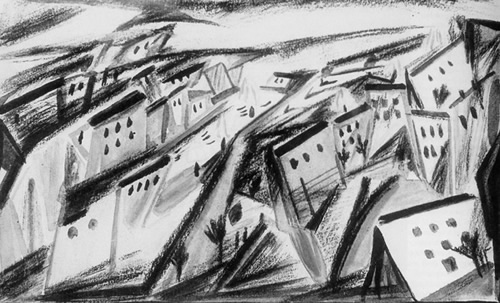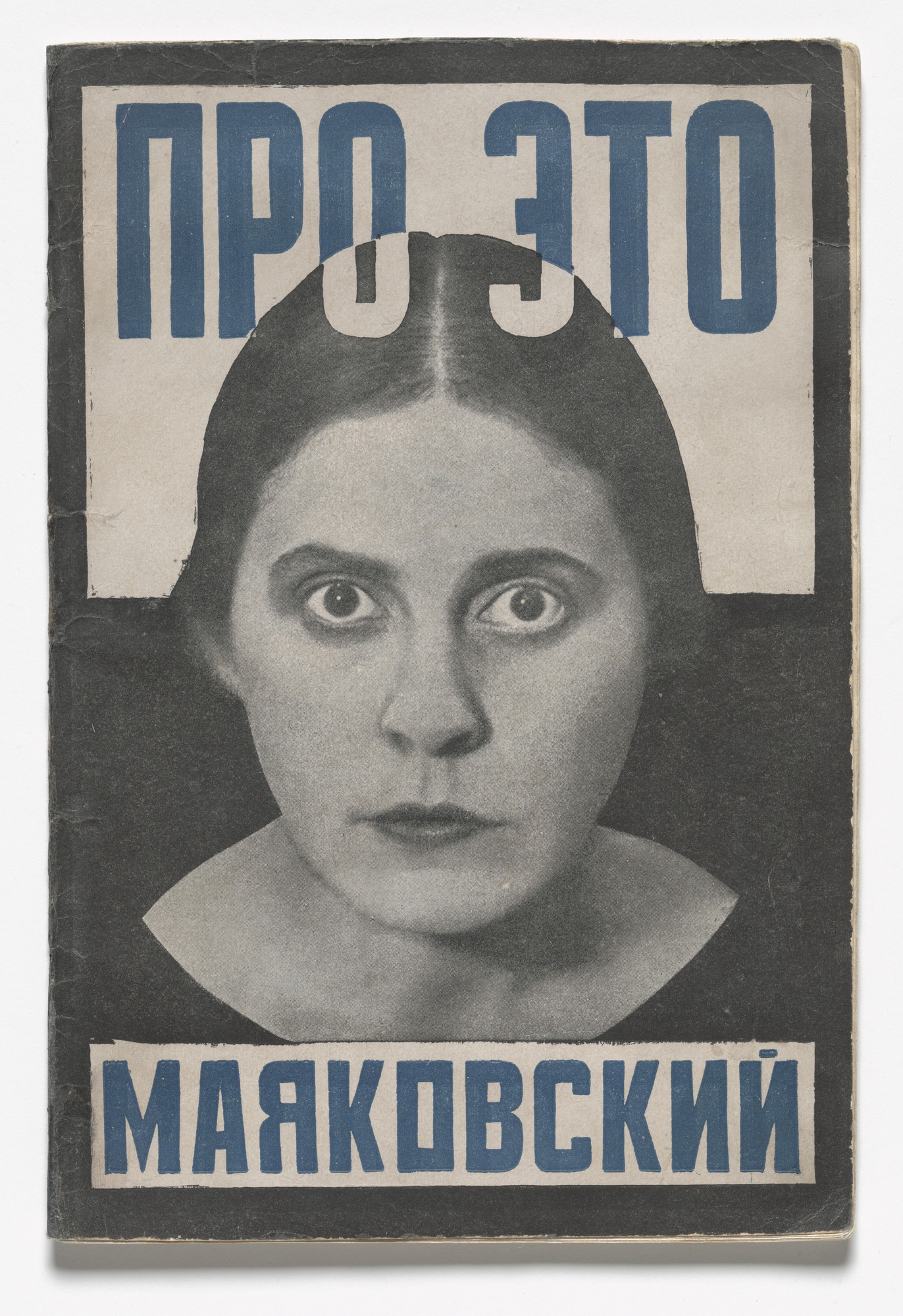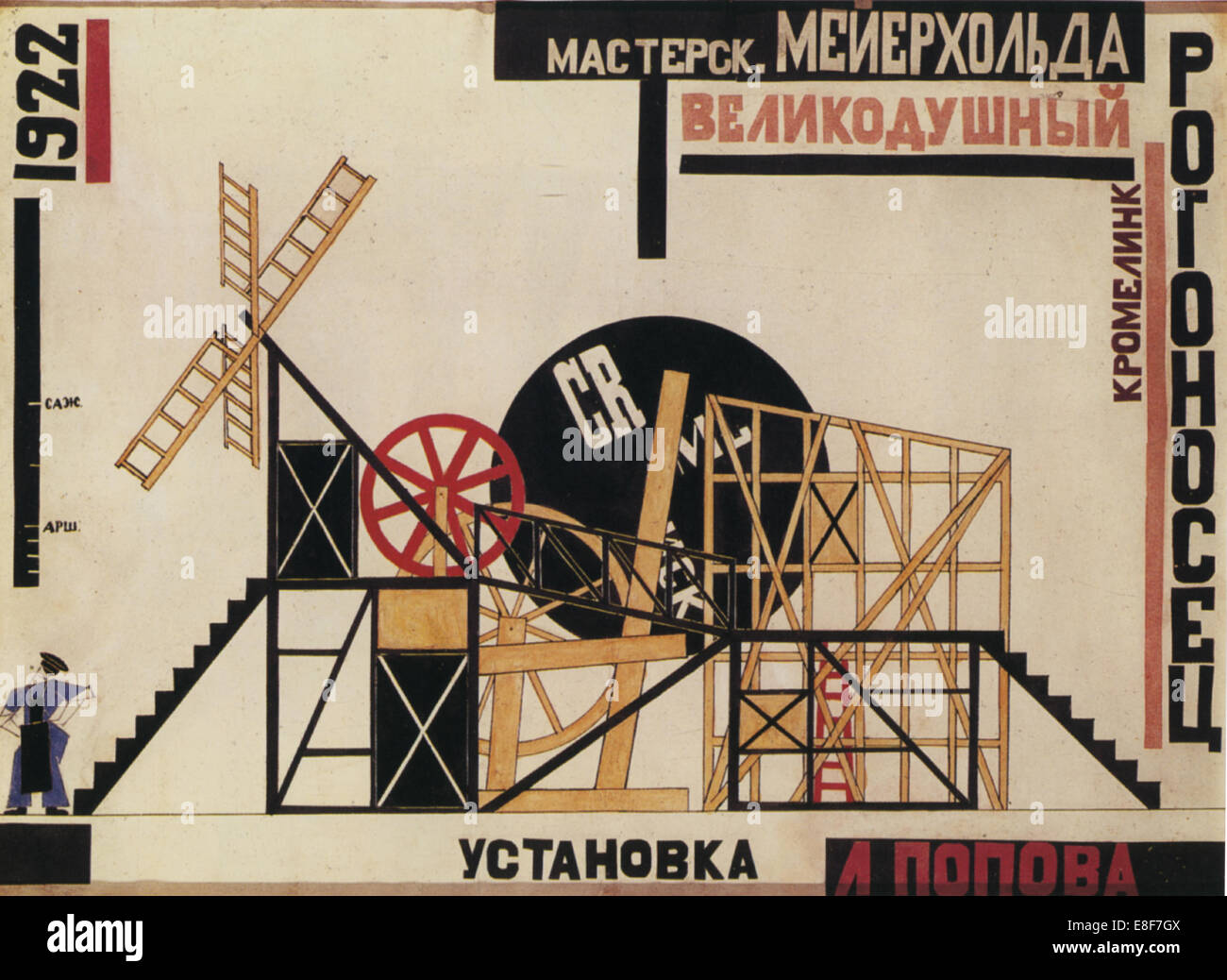
(세가지 아우르는 제목 필요함)
지배당하는 정서 Dominated Sentiment
복종하는 방법 How to obey
변장 Disguise / Camouflage
statement:
As a young artist: dealing with Korea’s current situation seems similar to 1920s experimentalism in Soviet Russia: ‘a liminal stage of (not quite) being, a present denied of and denying a past while anxiously de/constructing a future that had not arrived and might never arrive’ (Golup 2004: 184, Dramaturgy and Architecture…Turner)
medium: 회화, 비디오, 퍼포먼스
작품에서 회화의 역할:
1. 퍼포먼스를 기록하는 회화로서의 기능: 일상속 prop으로 등장하며 작품과 관객의 경계를 허물고 ‘거의 근접한(a liminal stage of being)’ 상태를 기록함으로서 저항의 도구로서 활용함. (<-이게 사진(이미지)와 다른점인가?) 평면위의 시공간에 도전한다. ‘거의 근접한(a liminal stage of being)’ 의 정의는 뭐임? “ghost in the machine” in painting? painting as “agit prop”?
기록하는 회화의 역사: cave painting, historical painting, realism (types of realism)
2. Prop으로서의 기능: 패턴/ decorative art/ feminism (lucy Mckenzie, paulinaolowska)
작품 속 패턴은 서울에서 수집됐지만 가속화된 글로벌리즘 속 애매해진 정체성 (refer to “Pattern recognition” 소설) https://en.wikipedia.org/wiki/Pattern_Recognition_(novel)
reference:
structures - constructivism/ Russian futurism ?
For Meyerhold's 1922 production of "The Death of Tarelkin", he engaged the constructivist artist and designer Varvara Stepanova.
As opposed to the single machine that had dominated the stage in Popova's design for "The Magnificent Cuckold," Stepanova created
a series of discrete "apparatuses" that could be combined to make larger constructions or used separately. The apparatuses could be
and were manipulated in a variety of ways by Meyerhold's skilled actors.
The production as a whole fit in well with Meyerhold's desire at this time to bring circus and acrobatic element into the serious theater.
‘double vision’ - this part could be integrated into ‘performance’ or a small ‘theater piece’
: “The Magnanimous Cuckold” ‘ double vision of reality’ ‘doubling of identity’ ‘mask’
‘ double vision of reality’ - The way the performance is filmed on the rooftop, showing through the painting
‘doubling of identity’ - 지배당하는 정서 - 할머니집 패턴 - haunthology- ghost
‘mask’ - 변장
‘The protagonist has the arrogance of the utopian dreamer, yet his sense of identity within the group is uncertain and unstable.
Inadvertently, he organises his own betrayal and the technological set becomes a machine that processes his downfall.’
복종하는 방법 : 자기 자신에 대한 배신을 직접 모의하고 배경세트는 그의 추락과정을 공정 : 게임의 룰 for performance?
‘an uncanny utopia’ of ‘complexity, simultaneity, ambiguity and open ended process’ - 광장, 탄핵이후의 정국, 지금, 민주주의 -,
which in the context of an unstable political situation, could be read as chaotic and dangerous. (Harris 2013)
“WE NEED TO BE MORE CHAOTIC, DANGEROUS AND DARING!”
Aleksandr Rodchenko "Pro eto" by Vladimir Mayakovsky1923
“그 날 밤, 그녀와 나는/ 서로 애인이 될지/ 결정하기로 했다./ 캄캄한 어둠 속에서/ 아무 것도 볼 수 없었다./ 나는 그녀에게 몸을 굽혔다. 정말이야/ 그리고 내가 말했지/ 정말이야. 맹세해./ 나는 친절한 어버이같이 말했다./ “정열은 위험할 수 있어/ 그러니 제발 조금 떨어져 앉자/ 떨어져 있자/ 제발”
http://blog.daum.net/windada11/8767098
Pro Eto - That's What
by Vladimir Mayakovsky
Untitled
She lies / in bed. / While he... / On the table is a telephone.
from the cable / crawled — / scratching jealously — / a monster from troglodytic / times.
I paw at / my ears / kneading uselessly. / I hear / my own / my very own voice. / The knife / of this voice bores through / my paws.
So it ever was / And ever shall be / World without end. / The old mare / of the daily grind / canters on serenely.
And again / the walls / baked hot like the steppe / echo / and sigh / in your ears, in the two-step.
I catch my balance / waving frantically.
Four times I try — / four times / resuscitated
She too / — she used to like animals — / will come to the Public Gardens

Vladimir Mayakovsky was one of the towering literary figures of pre- and post revolutionary Russia, speaking as much to the working man (he often employed the rough talk of the streets and revolutionary rhetoric in his poetry) as to other poets (his creative fascination with sound and form, linguistic metamorphosis and variation made him a sort of 'poet's poet', the doyen, if not the envy, of his contemporaries, Pasternak among them). His poetry, influenced by Whitman and Verhaeren and strangely akin to modern rock poetry in its erotic thrust, bluesy complaints and cries of pain, not to mention its sardonic humour, is at once aggressive, mocking and tender, and often fantastic or grotesque. Pro Eto - That's What is a long love poem detailing the pain and suffering inflicted on the poet by his lover and her final rejection of him. But as well as being an agonising parable of separation and betrayal, it is also a political work, highly critical of Lenin's reforms of Soviet Socialism
.Vladimir Mayakovsky. A Tragedy
 LEFT: The backdrop for Mayakovsky's Vladimir Mayakovsky. A Tragedy was painted in cubo-futurist style by Iosif Shkolnik and Pavel Filonov. The backdrop depicts the modern city against whose alienating but exciting background the poet rebels.
LEFT: The backdrop for Mayakovsky's Vladimir Mayakovsky. A Tragedy was painted in cubo-futurist style by Iosif Shkolnik and Pavel Filonov. The backdrop depicts the modern city against whose alienating but exciting background the poet rebels.


Aleksandr Rodchenko was one of the innovators and most dedicated practitioners of Russian Constructivism, the state-approved, post-Revolution artistic style that encouraged the application of standardized abstract designs to utilitarian objects. This style was in direct contrast to traditional art, with its emphasis on individual expression. Rodchenko and like-minded artists worked in a wide variety of mediums, including textiles, ceramics, posters, furniture, architecture, and exhibition design.
Rodchenko's focus was on graphic design, photography, and photomontage—a filmic medium that combines and juxtaposes photographic fragments. His designs for books ranged from collaborations with poet friends to propaganda magazines intended for mass distribution. Among his most fruitful collaborations was that with poet Vladimir Mayakovsky, who also embraced Rodchenko's goal of reaching out to the Soviet proletariat rather than to the artistic elite. Together they produced government advertising posters, books, and several journals. One such joint project, About This: To Her and to Me, featured the first photomontages by Rodchenko to be used in book design. The illustrations provide a lively counterpoint to the long love poem Mayakovsky wrote for his lover and muse Lily Brik, whose portrait is on the cover.
Rodchenko's work in book design had begun with handmade carbon-copied books in the late teens that continued an earlier Futurist aesthetic and were made in very small editions. By contrast, his later Constructivist book covers were issued by the state publishing house in much larger numbers. One of the latter is the wraparound cover for Orator: Verse, which exemplifies the architectural, rationalized, compositional structure of the post-Revolution design aesthetic.
A Private Collection A Private Collection, is a documentary about a 16 mm fragment, originally shot by Alexander Rodchenko. The film has recently been rediscovered depicting Rodchenko’s stage design which was commissioned by theatre director Vsevolod Meyerhold. Newly reworked the setting is dark and the camera circles endlessly around architectural elements. It is unclear where the actual location is. Is this a house, a stage set, or do these modernist elements, which emerge and then disappear, represent Rodchenko’s estate. The film touches upon the topics of private ownership and Rodchenko’s legacy. To what extent can an artist permanently claim his own significant contributions and how can they be protected?
Alexander Rodchenko and the Russian Avant-garde
Alexander Rodchenko, the the Russian avant-garde artist, abandoned painting in the early 1920s in favour of photography which he believed would better express the new visual and social realities emerging at that time. His experiments in photography and photo-collage influenced artists and photographers throughout the 20th century. This film by Michael Craig of Copernicus Films is a compilation of extracts from a larger documentary film about Rodchenko's search for new visual frontiers. It is part of a series of six documentaries about the Russian avant-garde. For mor
Vsevolod Meyerhold was born in Penza in 1874. Although he came to Moscow to study law, in 1896 he left law school and enrolled in the sacting classes taught by Vladimir Nemirovich-Danchenko at the Moscow Philharmonia. In 1898, he was invited to join the trope of the newly founded Moscow Art Theater. In the first MAT season, he played Treplev in The Seagull. After a falling out with Stanislavsky, Meyerhold left the Moscow Art Theater. and founded his own troupe in the Russian provinces.
 |
ABOVE: The portrait here is by Petr Vil'iams, and dates from 1925 |
In 1906, the actress Vera Kommissarzhevskaia founded a theater in St. Petersburg and invited Meyerhold to direct. There he staged Alexander Blok's The Puppet Show among other major productions. In 1908, Meyerhold was invited to direct at the Imperial Theater in St. Petersburg. He remained there for the next decade, staging both plays and operas.
When the revolution occurred in 1917, Meyerhold quickly joined the Communist Party, and in 1920, he was appointed head of the theater division of the People's Commissariat for Education. In the early communist years, Meyerhold staged many notable productions including the first production of Mayakovsky's Mystery-Bouffe (1918). Beginning in 1922, Meyerhold staged a number of famous constuctivist productions, including Fernand Crommelynk's The Magnificent Cuckoldand Alexander Sukhovo-Kobylin's The Death of Tarelkin. Beginning in 1923, Meyerhold had his own troupe in Moscow, and staged innovative productions of both classics and new works. Perhaps the best known of these productions were Nikolai Erdman's The Mandate (1925), Nikolai Gogol's Dead Souls (1926), and Vladimir Mayakovsky's The Bedbug (1929). By the mid-1930s, Meyerhold's relentless experimentation was no longer in favor. His theater was harshly criticized and then closed in 1938. Meyerhold himself was arrested in 1939 and shot in prison in 1940.
For video clips of actors rehearsing Meyerhold's biomechanical exercises, click here. You will need the QuickTime Movie player.
The Russian Avant- Garde LEA8
Recreation of Tatlin tower by Bryn Oh
e information about this series and where DVD can be found check our site at copernicusfilms.com
Meyerhold Theatre and the Russian Avant-garde
Part of series of 6 about the Russian Avant-garde by Copernicus Films and directed by Michael Craig. The Russian theatre director, Meyerhold devised an acting technique called biomechanics. Using actors this film attempts to recreate his ideas in the context of Russian Theatre of the 1920s. The film is extracts from a larger film about Meyerhold (50 Minutes) or see copernicusfilms.com for more information about this film and the series.
.bmp)


Glumov's Diary - 1923 -Sergei Eisenstein's first film - The first montage masterpiece
Eisenstein's 5 "methods" of montage
1925: How Sergei Eisenstein Used Montage To Film The Unfilmable
The Man Who Left His Will on Film (Oshima): Video Essay - The Seventh Art
"A standard way of relating politics to art assumes that art represents political issues in one way or another. But there is a much more interesting perspective: the politics of the field of art as a place of work.1 Simply look at what it does—not what it shows.
http://www.e-flux.com/journal/21/67696/politics-of-art-contemporary-art-and-the-transition-to-post-democracy/
"First, there is the disruption of space that comes when uncanny alien forces invade the home, manifesting in the very site of domesticity, privacy, and the bourgeois-patriarchal nuclear family. And second, there is the warping (the dilation and compression) of time that comes about through rhythms of dread, anticipation, and urgency: the empty time when the characters or the audience are waiting for something to happen, or something to arrive, and the overfull time when they are so overwhelmed by an attack or an intrusion that it becomes impossible to perceive what is happening clearly and distinctly, or to separate the otherworldly intrusion from the viscerally heightened response (or inability to adequately respond). The Paranormal Activity films take up these modulations of space and time, but in novel ways, because their new technologies correspond to, or help to instantiate, new forms of spatiotemporal construction (one might think here of David Harvey’s “space-time compression,” or of Manuel Castells’ “space of flows” and “timeless time”)."
http://www.shaviro.com/Blog/?p=992
I really like the Francophone Swiss director Alain Tanner, and I wish to see him recovered from his current oblivion. I originally saw some of his films in the 1970s, the only period when they were released in the US with English subtitles. They are long since out of circulation in the English-speaking world, but you can find some of them (even with subtitles) on youtube.
I just watched, for the first time in forty years, Tanner’s film JONAH WHO WILL BE 25 IN THE YEAR 2000; a film initially released in 1976, and co-written by Tanner with the British Marxist art critic and novelist John Berger. The film is about the aftermath of the failure of the political movements of the late 60s/early 70s; there’s an ensemble cast of men and women who are dealing with these failures in a variety of ways. You might say it is about forms of Western European subjectivity in the wake of massive disappointment, and about the ongoing negotiations between private lives and public hopes.
I was really curious to see how it would hold up after all this time — and the answer is, at least for me, that it holds up pretty well. It is certainly limited — we only see heterosexual white people of what might be called the educated working class. And the movie is filled with countercultural enthusiasms (from organic farming to Tantric sex) that today have none of the potentially radical charge they might have seemed to have then. But there is a certain feeling to the film, anticipatory with a certain degree of hope despite the bleakness of the present, that we would do well not to just cynically dismiss as would be nearly everyone’s first reaction today.
http://www.shaviro.com/Blog/?p=1399
http://www.critic-al.org/2016/10/31/readingbulldong/
In The Condition of Postmodernity, geographer David Harvey argues that a "time-space compression" initiated through social factors such as economic globalization, the quick dispersal of information through communications networks, and the accelerated pace of consumption dialectically produces and is produced by a "postmodern" sensibility with deep socio-economic roots.
"There is an omnipresent danger that our mental maps will not match current realities"
http://csmt.uchicago.edu/glossary2004/timespace.htm
https://medieninitiative.wordpress.com/2011/08/12/151/
http://www.nypress.com/the-death-of-film-the-decay-of-cinema/
They Live 1988